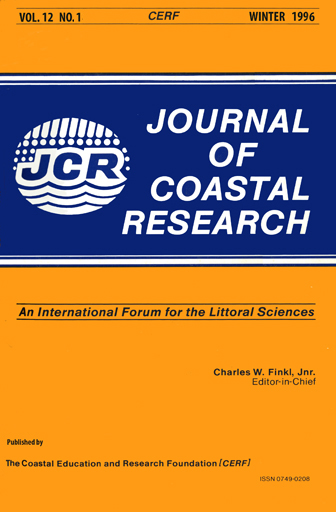The Santa Beach Ridge Complex: Sea-Level and Progradational History of an Open Gravel Coast in Central Peru
Keywords:
Coastal geomorphology, paleo sea-level, paleo oceanography, marine Quaternary, radiocarbon datingAbstract
Over 4 km of coastal progradation produced the Santa beach ridge complex in central Peru. The complex is comprised of more than 15 individual beach ridges that can be divided into four morphostratigraphic groups on the basis of ridge spacing and geometry. Each morphostratigraphic group accreted during periods of glacial contraction and increased meltwater discharge in the headwaters of the drainage basin. The cross sectional morphology of individual ridges is a result of oceanographic conditions at the time of ridge accretion. Ridge crest height reflects the wave energy of the last storm event before the accretion of the subsequent ridge. The earliest ridges have subdued morphology indicating frequent overtopping and deposition during a period of rising sea-level. Ridge height peaks subsequent to sea-level stabilization and drops off gradually indicating a relative decrease in wave height through time. A zone of lower slope at the base of the beach face of individual ridges indicates the apparent tidal range during ridge formation. Apparent tidal range varies from 1.00 to 2.12 m during ridge accretion. A sea-level curve was created using apparent tidal range elevations through the complex and radiocarbon age estimates on in situ and detrital shell debris and driftwood. This model produces a sea-level curve that peaks between 7.0 and 6.0 ka at about 1 m above present mean sea-level and then remains relatively stable falling to the present level sometime within the past 0.5 ka.


